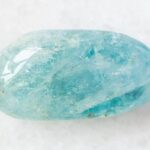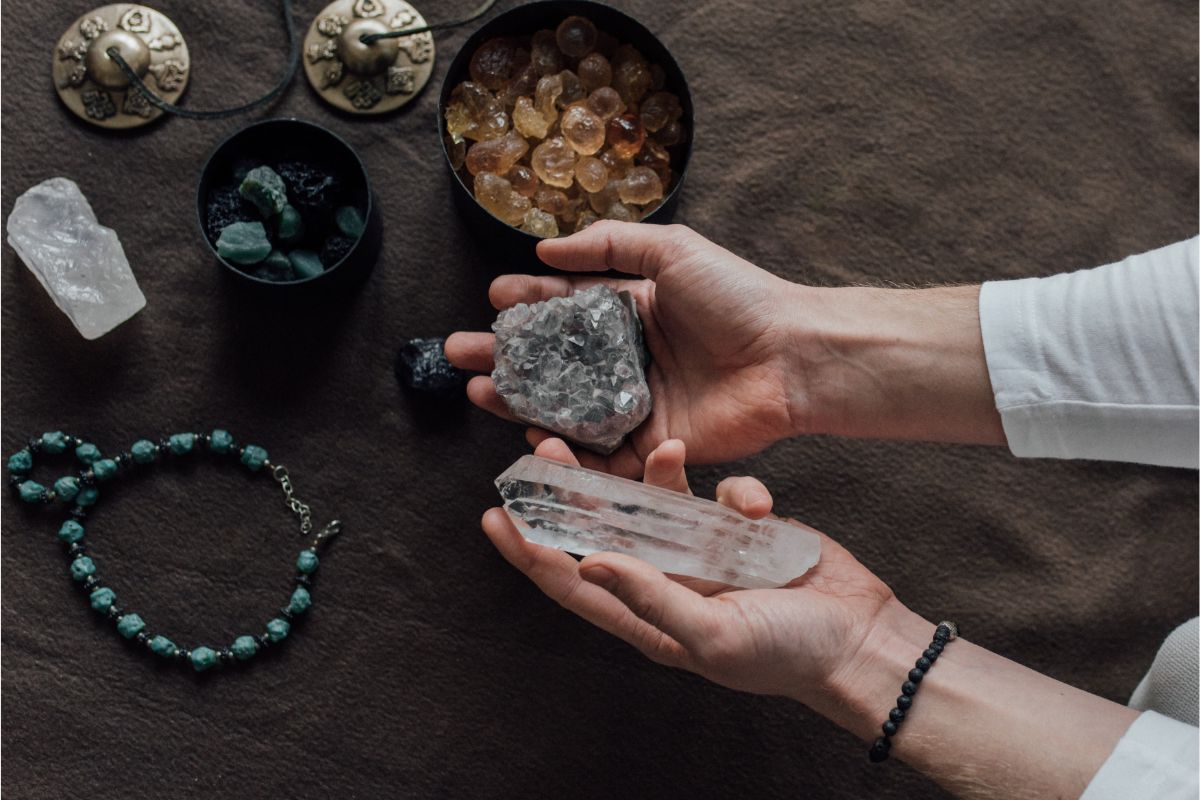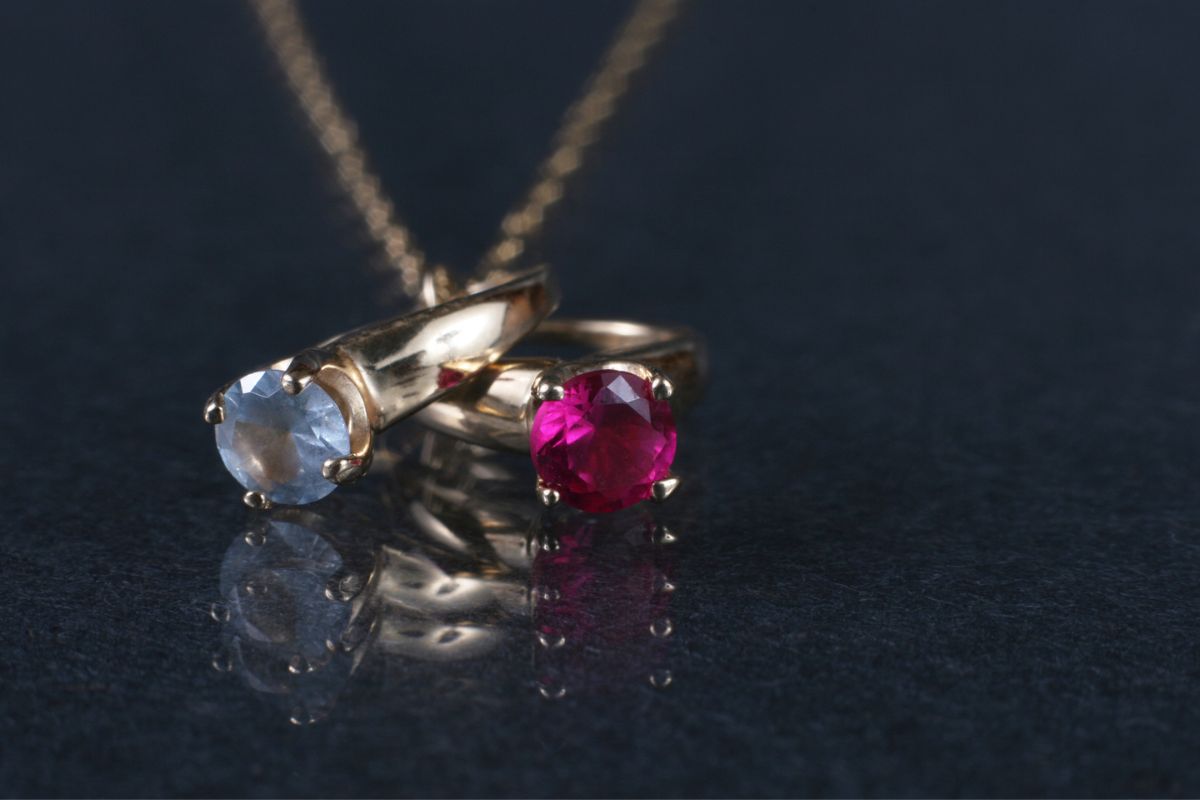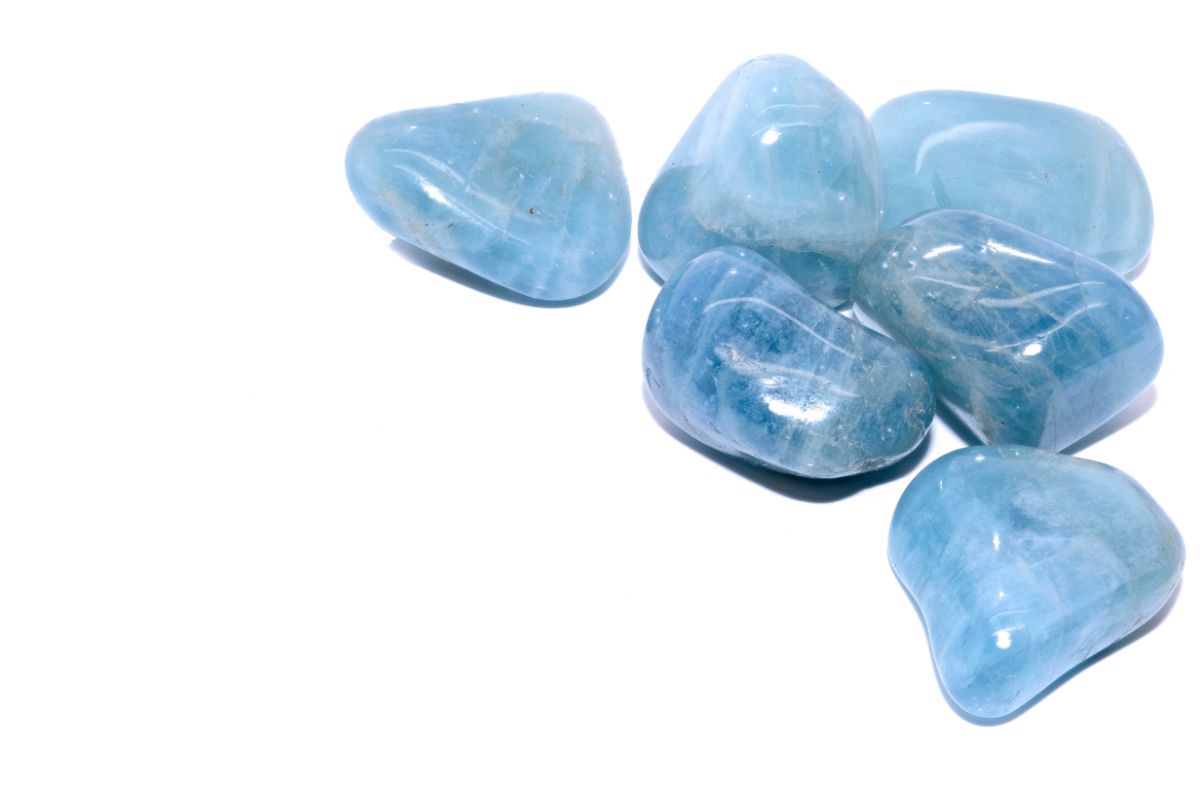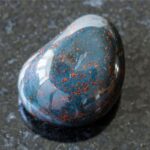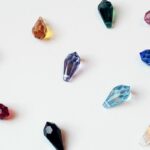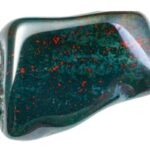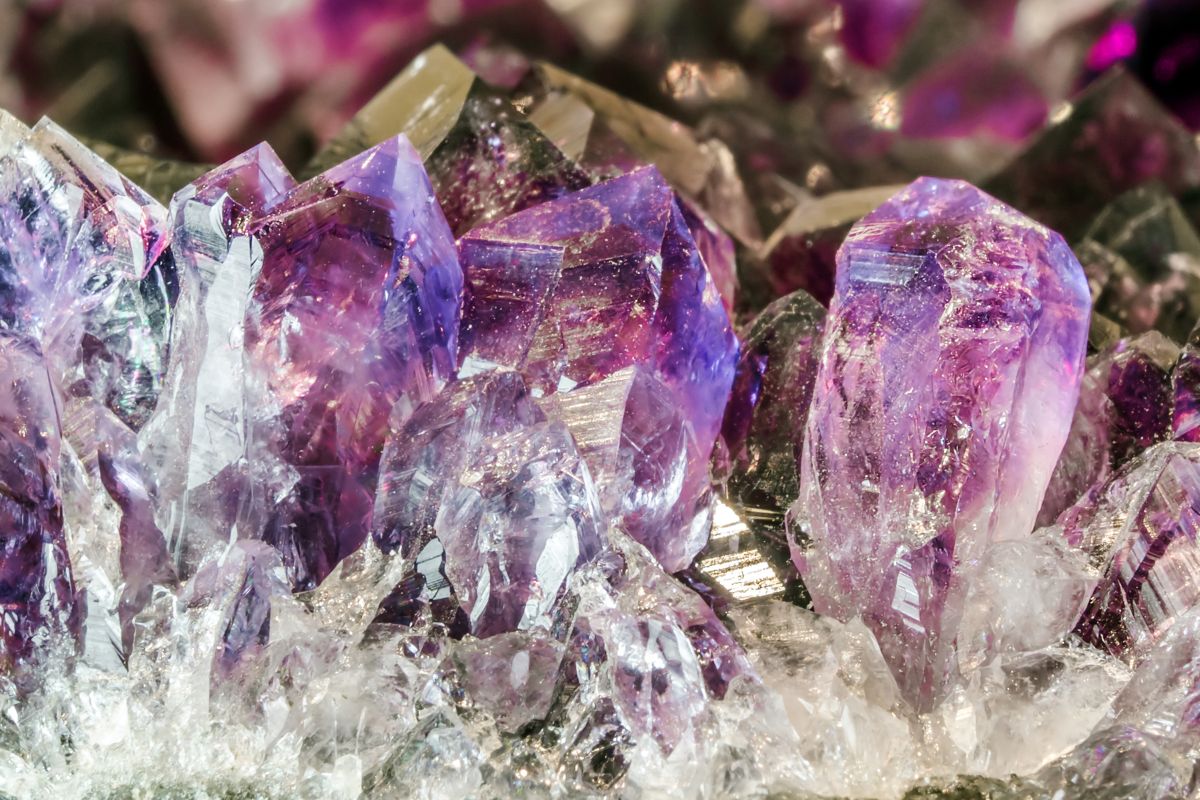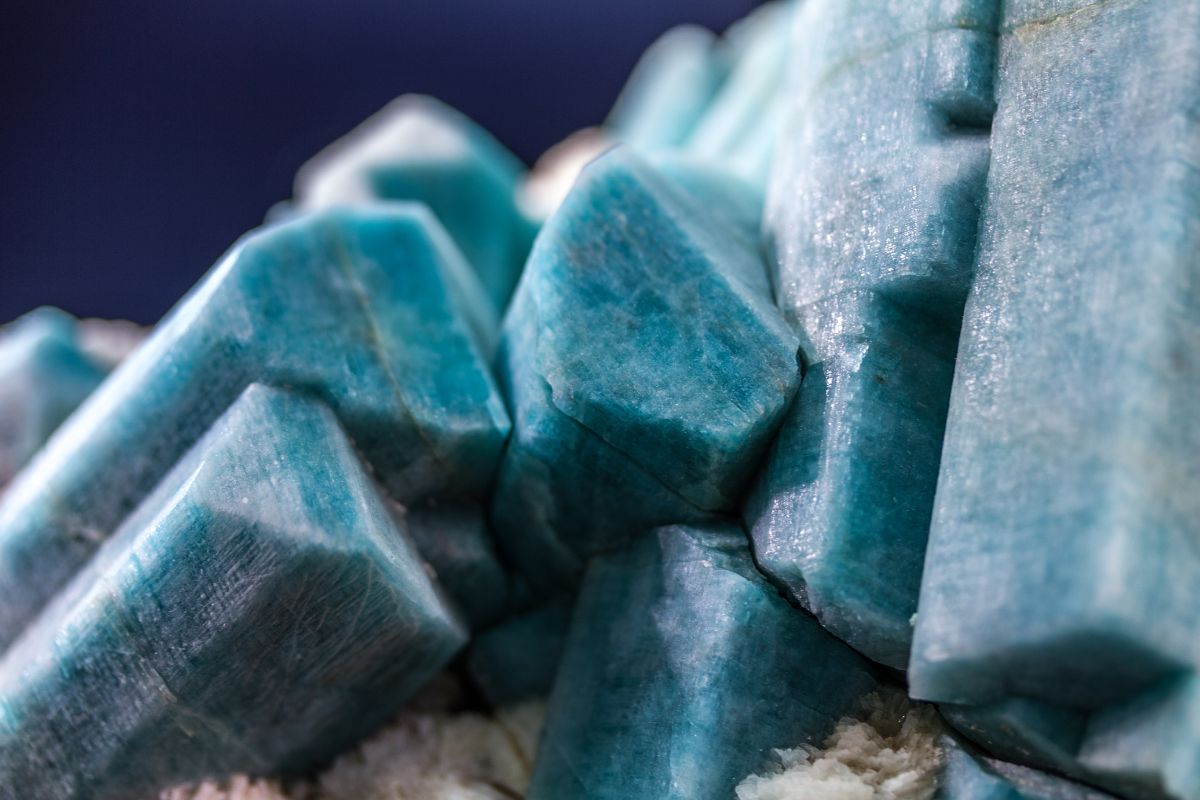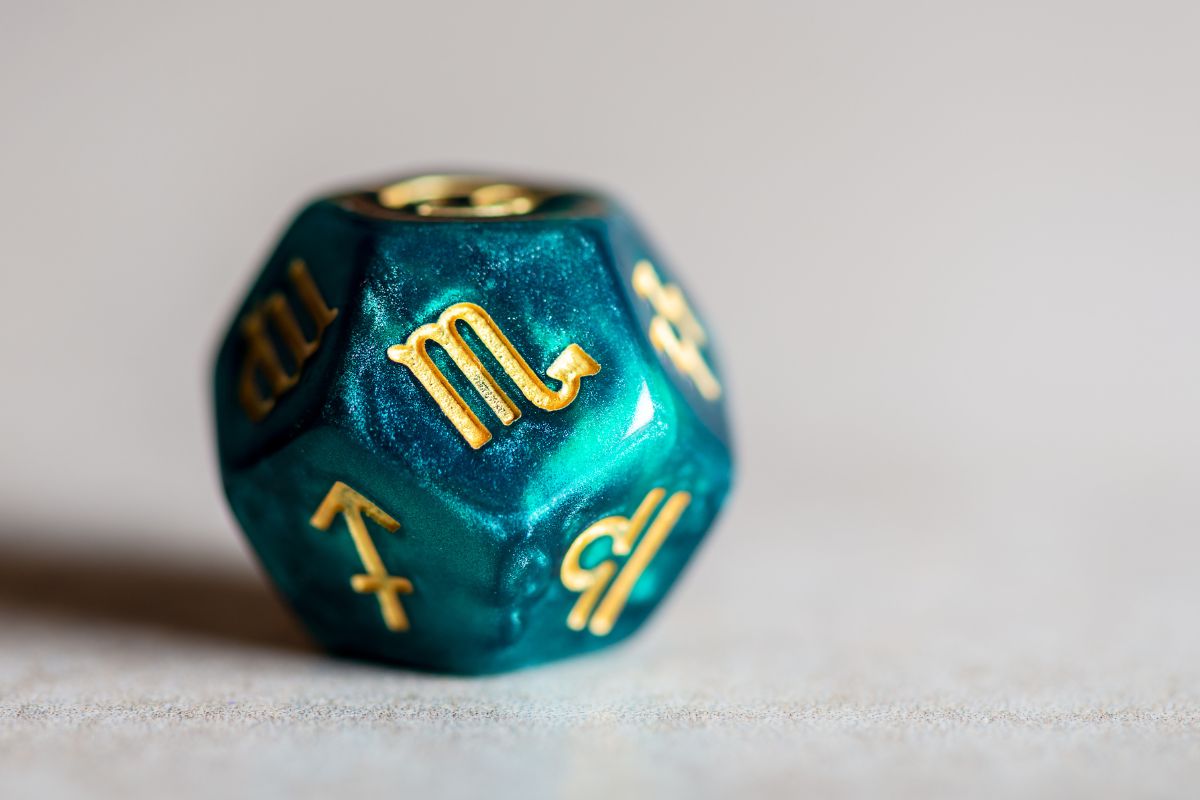March is known as the month of love, friendship, and romance. The March Birthstones are aquamarine and bloodstone.
Aquamarine is the gemstone for the month of March. It is also considered an excellent stone for healing. This gemstone has been used in medicine since ancient times. In fact, it was one of the first stones that humans mined. So, let’s get into it!
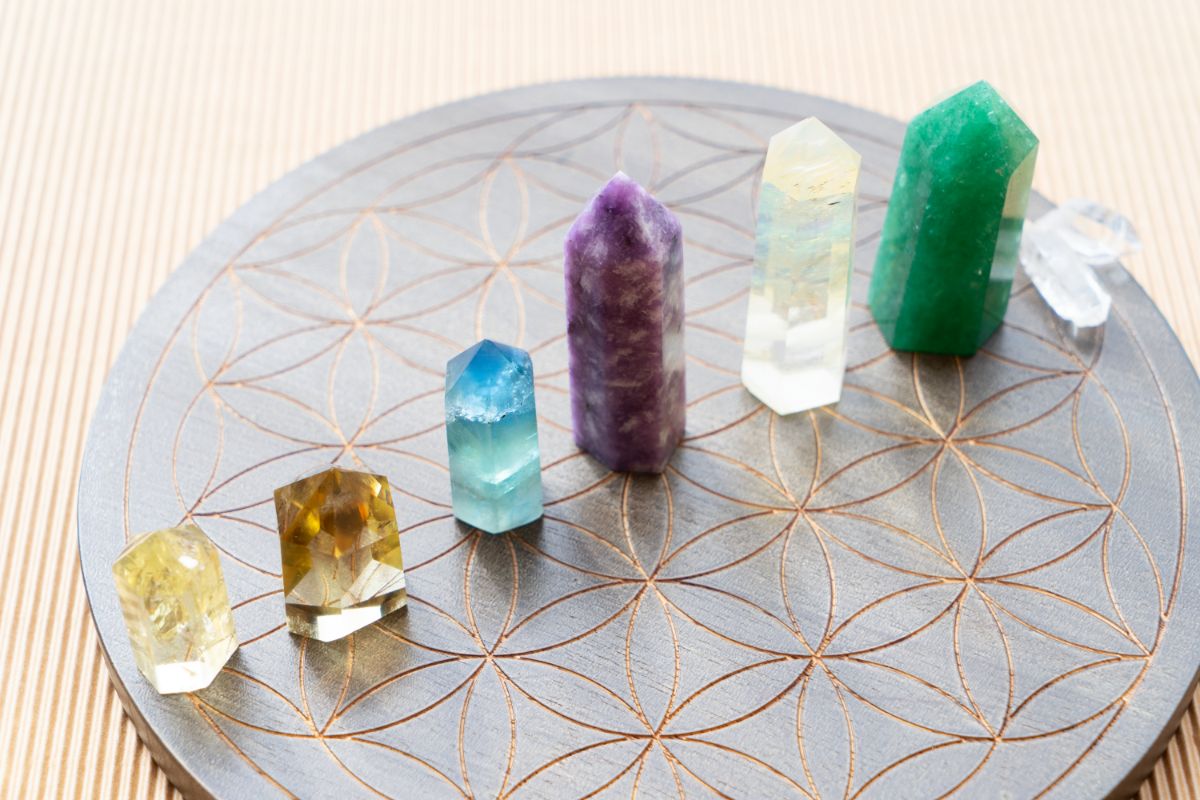
What Is The Birthstone Of March?
The birthstone closely associated with March is aquamarine, which is considered a protective stone. Then bloodstone which is the other stone associated with the month.
The word “aqua” is derived from the Latin word meaning water, while “marine” comes from the Latin word meaning ocean. Thus, aquamarine refers to the color of the ocean waters. In fact, it is the second most common gemstone used in jewelry today.
In Roman times, aquamarines were often set into crowns and necklaces worn by emperors and queens. They were also popular among royalty during the Middle Ages. During the Renaissance, aquamarines became very fashionable.
During the 19th century, aquamarines were considered one of the best investments because they were relatively inexpensive compared to diamonds.
Today, aquamarines are still highly sought-after gems, especially those with large cuts.
How Do March’s Birthstones Differ?
Aquamarine and Bloodstone: Two different but similar birthstones with an ordinary meaning
The color of the month for February is aqua, which is associated with the sea. This month, we celebrate the birthstones of March, which include both aquamarine and bloodstone.
These stones are quite different in appearance, however, they actually share some very common traits.
They are both considered protective gems. Both are believed to bring good luck and prosperity. And both are associated with love.
Aquamarine
This gemstone is usually a deep, rich green-blue hue, though there are many shades of aquamarine. Its name derives from the Greek word “aqua,” meaning “water.”
Aquamarine is sometimes called the “sea stone” because of its resemblance to the ocean. In addition to being a beautiful gemstone, aquamarine is used in jewelry making.
Blood Stone
Bloodstone is a dark-colored gemstone that ranges from a deep brown to almost black. It is composed mostly of feldspar, quartz, mica, and iron oxides.
Bloodstone is known to help balance emotions and promote emotional healing. It is thought to protect against negative energy and psychic attack.
Bloodstone is a rare form of quartz that contains microscopic blood cells. These tiny particles are called microhematite, and they are often found embedded in rocks or pebbles in river beds.
They are typically black, but some specimens are colored red, orange, yellow, green, blue, brown, white, gray, pink, purple, or even clear. In addition to being used as jewelry, bloodstones stone is also used in traditional Chinese medicine.
Where Can Aquamarine Be Found?
An essential source of the gemstone, aquamarine has been located in Minas Gerais, a state in Brazil since the early 18th century.
The mineral was discovered in 1717, and the first mines opened in the late 1700s. Today, Minas Gerais accounts for about half of Brazil’s production of aquamarine.
If you venture there, you’ll find distinct rivers, rocky hills, and scrub brush that dominates the main and Central Eastern regions; you’ll find that the savannas and forests dominate the West, and the green hills sweep down into the southern region.
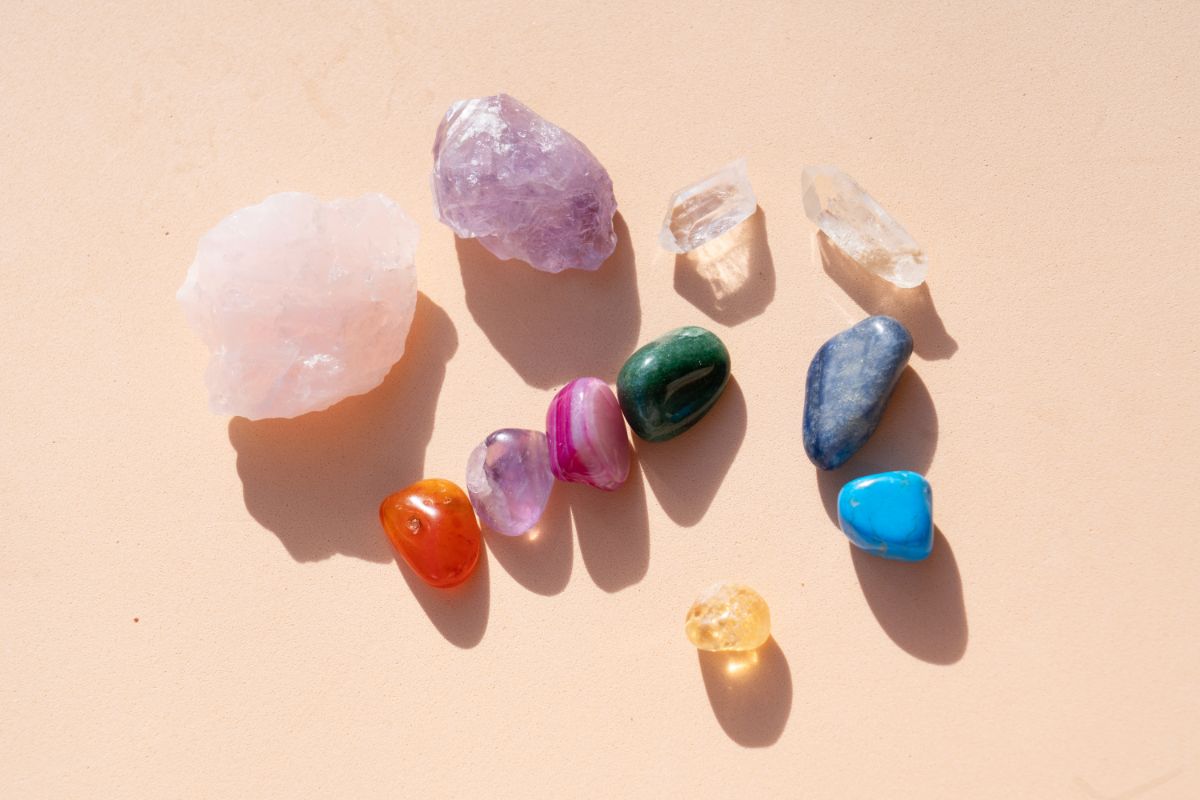
What Do We Know About Blood Stones?
The history of bloodstones goes back thousands of years. This stone was used in Ancient Egypt, Greece, Rome, India, China, Japan, and Africa. In fact, the Egyptians called it “the stone of life.”
In ancient times, people thought that bloodstones could help cure eye problems, strengthen eyesight, protect against evil spirits, and even bring good luck.
Bloodstone (see also ‘What Are Bloodstones?‘) is a variety of quartz that contains iron oxide minerals and is used as a gemstone. In fact, it is one of the most common types of quartz, making up about 10% of the world’s supply.
This mineral is often associated with the color red because of the presence of iron oxides. While there are many different varieties of bloodstones, the most popular type is known as “blood stone.”
Today, the most popular use of bloodstone is as a birthstone for those born in March.
The name bloodstone comes from the belief that it resembles human blood. Several theories surround where bloodstone originated, including being formed deep within Earth’s mantle, coming from volcanic eruptions, or even being brought to Earth by meteorites.
Regardless of how it got here, bloodstone is still mined around the globe.
What Do We Know About Aquamarine?
The Romans believed that aquamarine could help people overcome overeating and ailments such as bloating. They also thought that wearing aquamarine jewelry helped protect against illness and disease.
In Ancient Egypt, aquamarine beads were used to make medicines. These beads were placed inside mummy tombs to keep the dead safe during their journey into the afterlife.
During the Renaissance era, aquamarine became popular among European royals. Queen Elizabeth, I wore aquamarine jewelry during her reign.
Today, aquamarine is still prized for its beauty and rarity. There are three types of aquamarine gems: natural, cultured, and synthetic.
Natural aquamarine gems come from deep within the earth. Cultured aquamarine gems are grown under controlled conditions. Synthetic aquamarine gems are man-made.
Final Thoughts
There are many myths and legends surrounding these stones. Some believe that they can be found only at certain locations.
Others think that they have magical powers. But no matter what your beliefs are, we hope this information will give you more insight into these beautiful gems!
So there we have it, the birthstones associated with March see also, ‘What is May’s Birthstone?‘)! They are both unique stones for their history and properties, and we hope that this article has given you an insight into both of the stones and where they came from.
- 15 Crystals That Cannot Be Exposed To The Sun - January 7, 2024
- Malachite Vs Fuchsite – Benefits And Uses - January 7, 2024
- Malachite Vs. Green Jasper: Benefits And Uses - January 7, 2024

